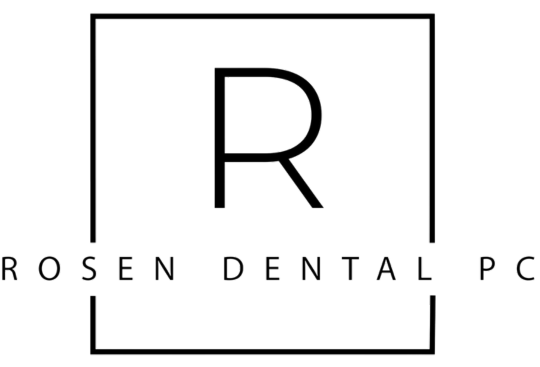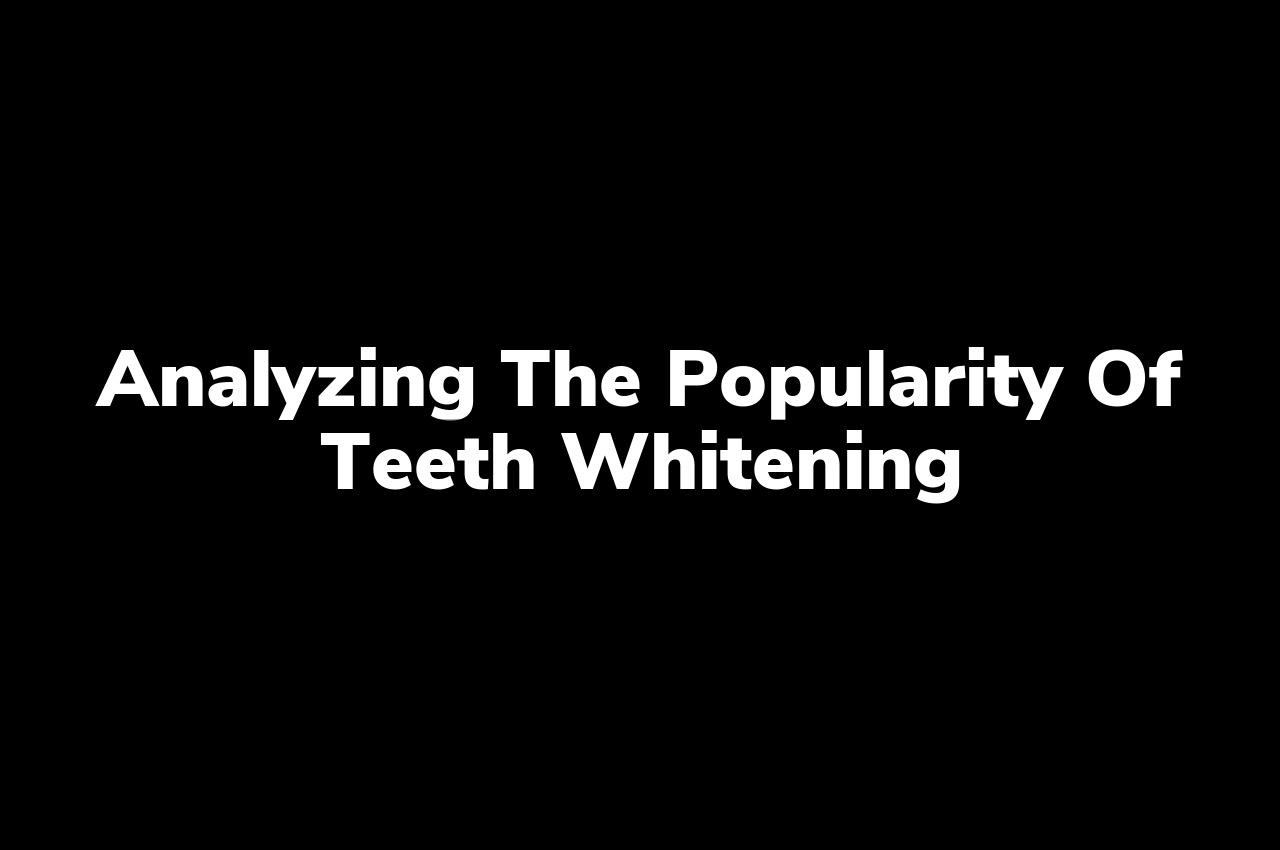Why has teeth whitening become such a sought-after cosmetic procedure in recent years? This surge in popularity can be attributed to the growing emphasis on aesthetic appeal and the desire for a brighter, more confident smile. As we delve into this phenomenon, we’ll explore the factors that have contributed to the widespread appeal of teeth whitening without focusing on specific products or services.
Historical Evolution of Teeth Whitening
The quest for a brighter smile is far from a modern obsession. The historical evolution of teeth whitening reveals a fascinating journey that spans centuries, showcasing humanity’s enduring desire for aesthetic improvement. Ancient civilizations, recognizing the appeal of whiter teeth, employed various methods to achieve this coveted look. From the use of abrasive substances to the application of natural bleaching agents, each era contributed its own unique approach to teeth whitening. This historical tapestry not only highlights the ingenuity of past societies but also sets the stage for the advancements that have shaped contemporary practices.
For those interested in delving deeper into the past techniques and substances used, exploring the Historical Methods of Achieving Brighter Teeth offers a comprehensive look at the evolution of this beauty trend. It’s intriguing to observe how the methods have transformed over time, from rudimentary practices to the sophisticated technologies we see today. This journey through history not only enriches our understanding of dental aesthetics but also underscores the universal and timeless nature of the pursuit of beauty.
Cultural Significance Across Societies
The quest for a brighter smile transcends mere aesthetics, embedding itself deeply within the cultural fabric of societies worldwide. Historically, a gleaming set of teeth has been associated with wealth, health, and social status across various cultures. This universal appeal of teeth whitening reflects a shared human desire for self-improvement and social acceptance. In many societies, white teeth are not just seen as a marker of beauty but also as an indication of personal hygiene and discipline. The cultural significance of teeth whitening is further amplified by its portrayal in media and entertainment, where a radiant smile is often equated with success and attractiveness.
This cultural phenomenon has led to the widespread popularity of teeth whitening services, as individuals seek to align themselves with these societal ideals. The pursuit of a dazzling smile is a testament to the enduring human desire to enhance one’s appearance in accordance with cultural values and norms. If you’re looking to brighten your smile in line with these esteemed values, consider exploring your options. Get a Dazzling Smile in Somers Today.
Psychological Effects on Self-Esteem
The surge in the popularity of teeth whitening is not just a testament to its aesthetic benefits but also speaks volumes about its psychological impact. A brighter smile often translates to a boost in self-esteem for many individuals. This uplift in confidence is rooted in the perception of oral health and beauty standards prevalent in society. The psychological effects extend beyond mere vanity; they encompass a sense of personal satisfaction and improved social interactions. Feeling good about one’s smile can lead to more positive engagements in both personal and professional spheres, highlighting the intrinsic link between oral aesthetics and mental well-being.
Common Misconceptions and Facts
In the realm of teeth whitening, there’s a vast ocean of misconceptions that often cloud the judgment of many. One prevalent myth is the belief that all teeth whitening methods yield the same results, ignoring the fact that effectiveness can vary widely based on several factors, including the method used and individual dental health. Another common misunderstanding is the assumption that teeth whitening is a one-time procedure with permanent results. In reality, maintaining those pearly whites often requires follow-up treatments and consistent oral hygiene. It’s also worth noting that while some fear teeth whitening could be harmful to enamel, when conducted under professional guidance, it is generally considered safe. Dispelling these myths and understanding the facts can lead to better-informed decisions regarding oral health and aesthetics. For those seeking professional advice on the matter, consider reaching out to Rosen Dental PC.
Future Trends in Teeth Whitening
The landscape of teeth whitening is constantly evolving, with advancements in technology and shifts in consumer preferences shaping the future of this popular cosmetic procedure. As we look ahead, the industry is poised to embrace more innovative and efficient methods that cater to the growing demand for quick, effective, and safe teeth whitening solutions. Environmental considerations and the pursuit of more natural approaches are also expected to influence the development of new techniques and materials. With these trends, the teeth whitening market is set to offer even more diverse options, meeting the needs and expectations of consumers seeking brighter smiles.
Conclusion
For more insights, read reviews on Google Maps or call us at 914-277-8400.

